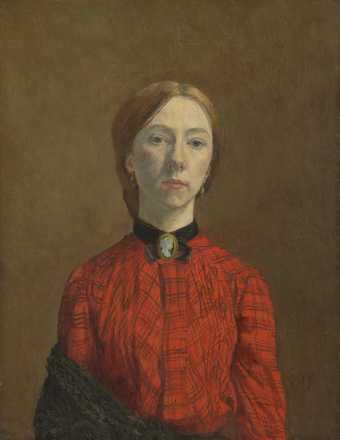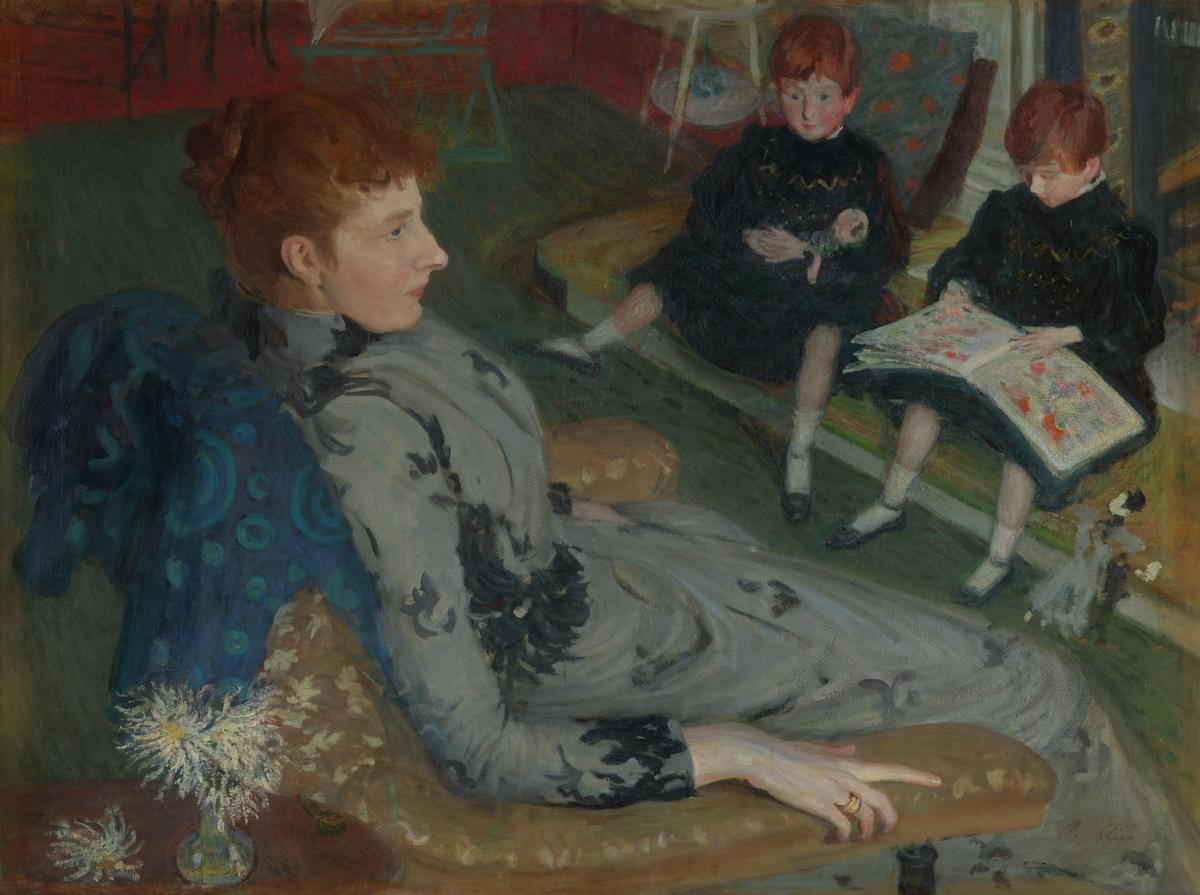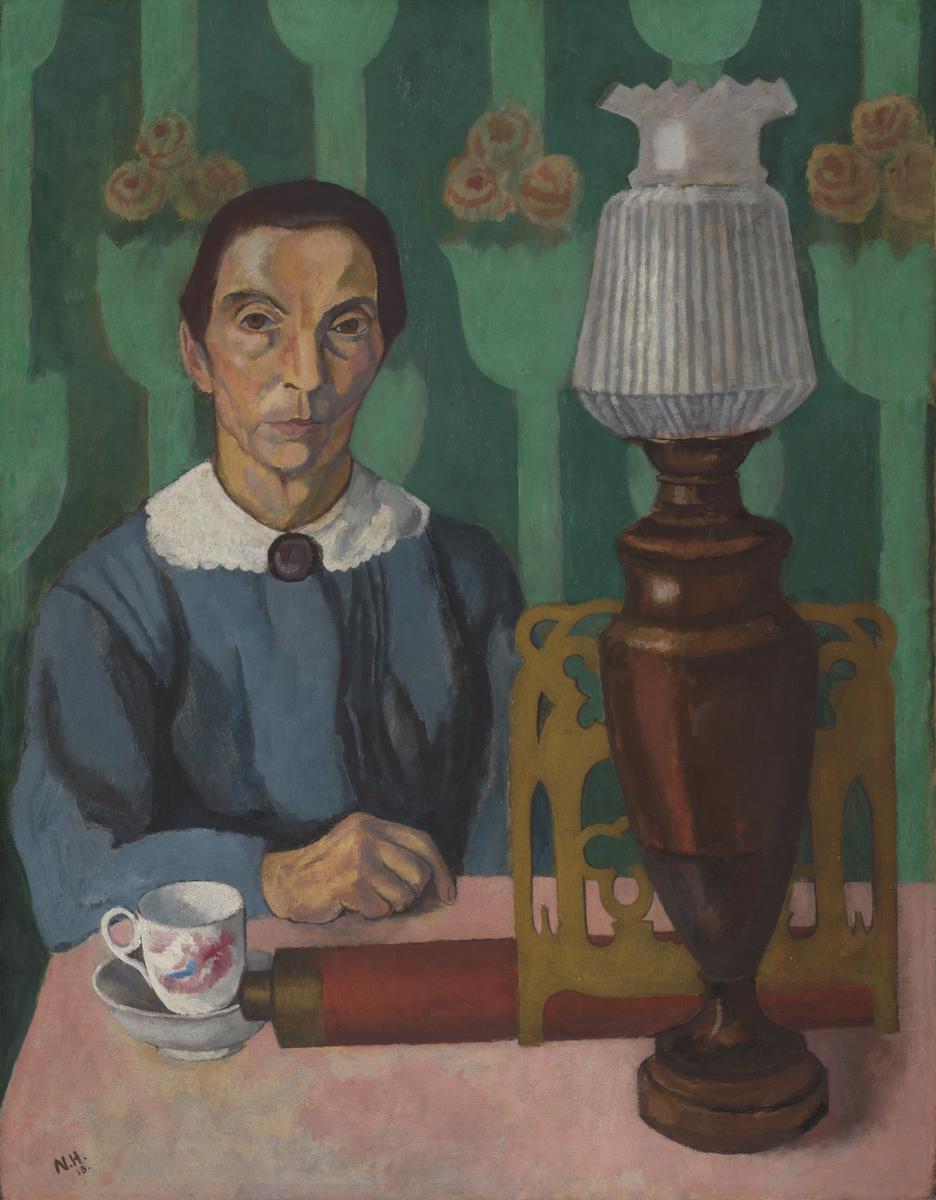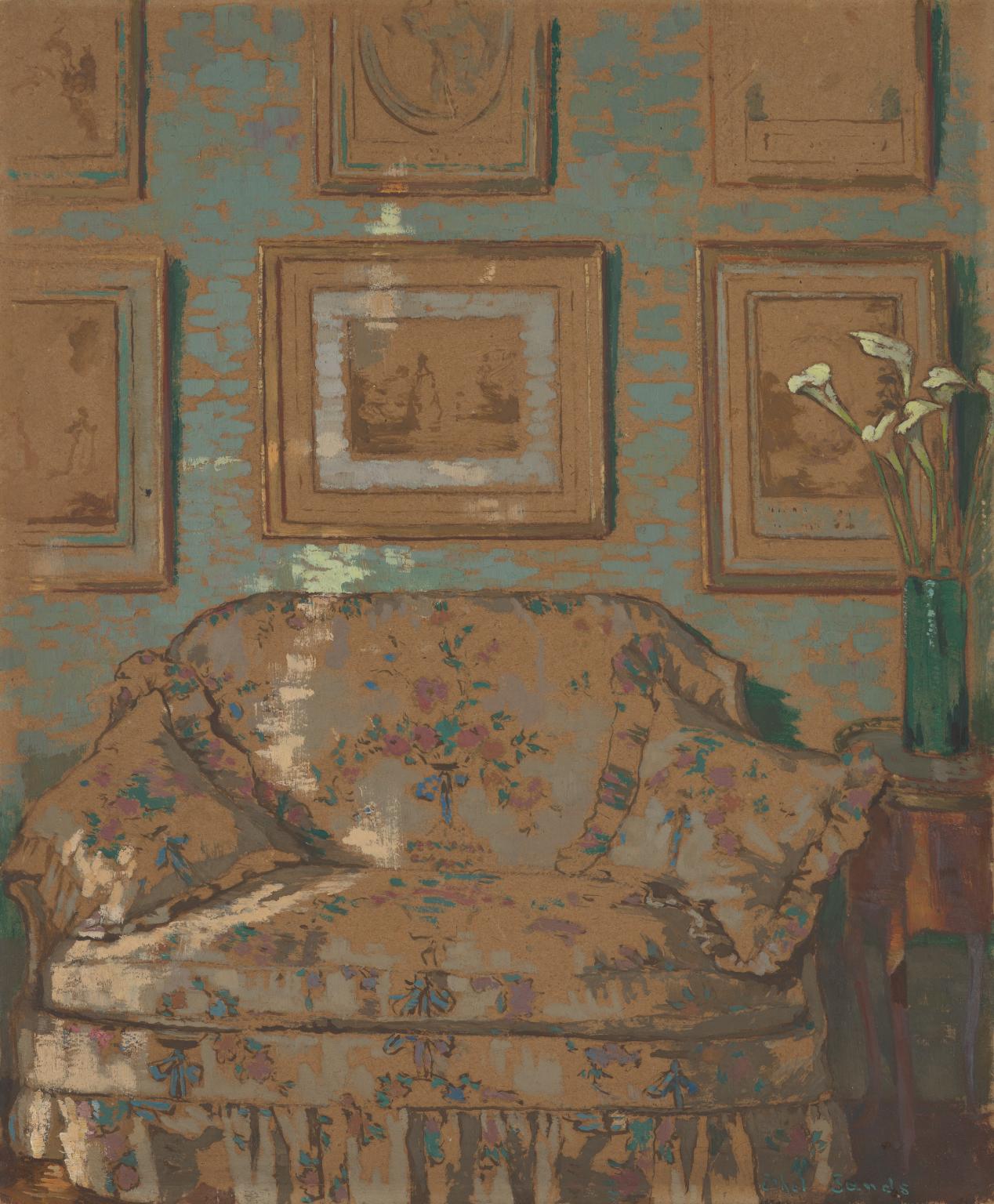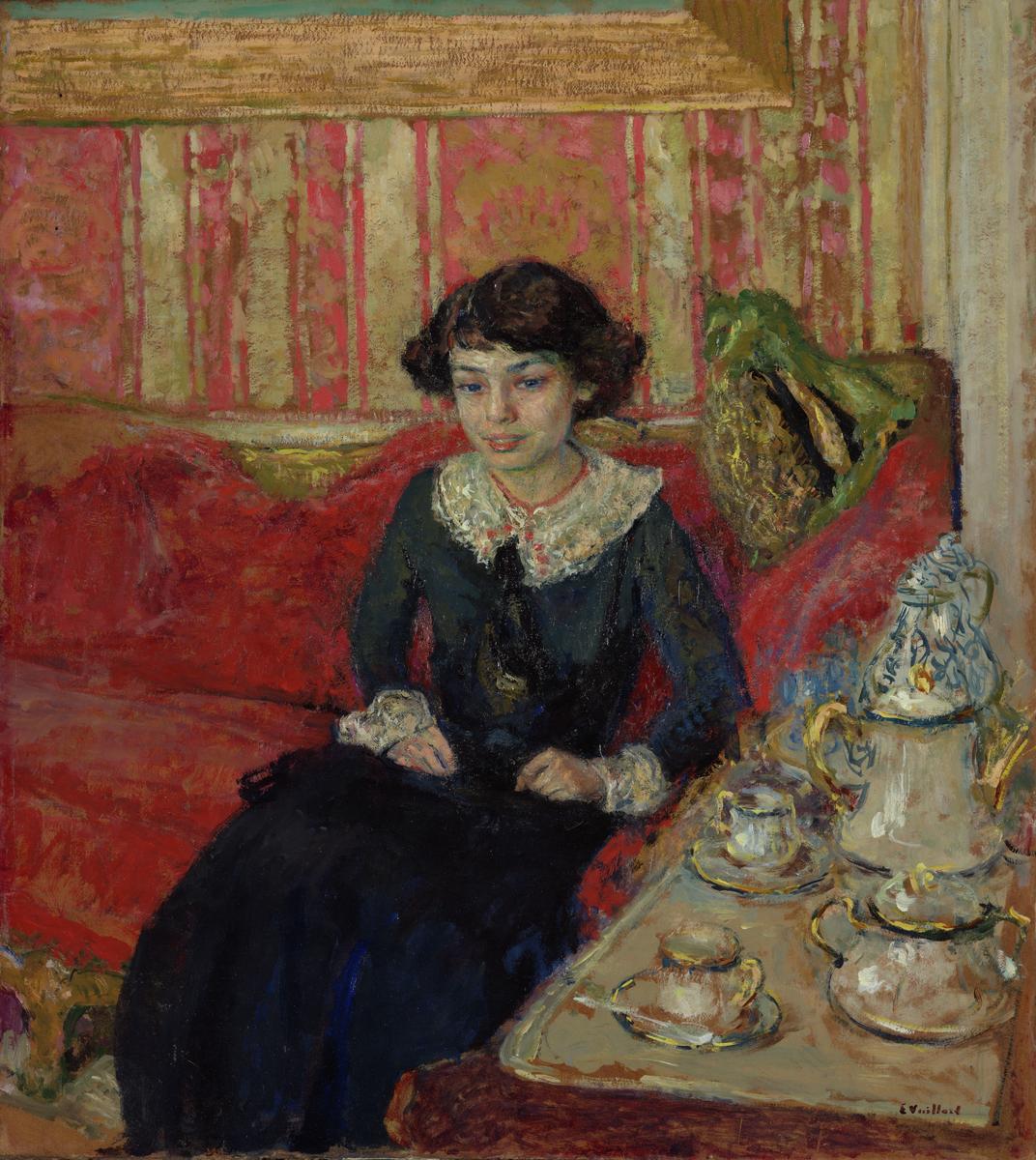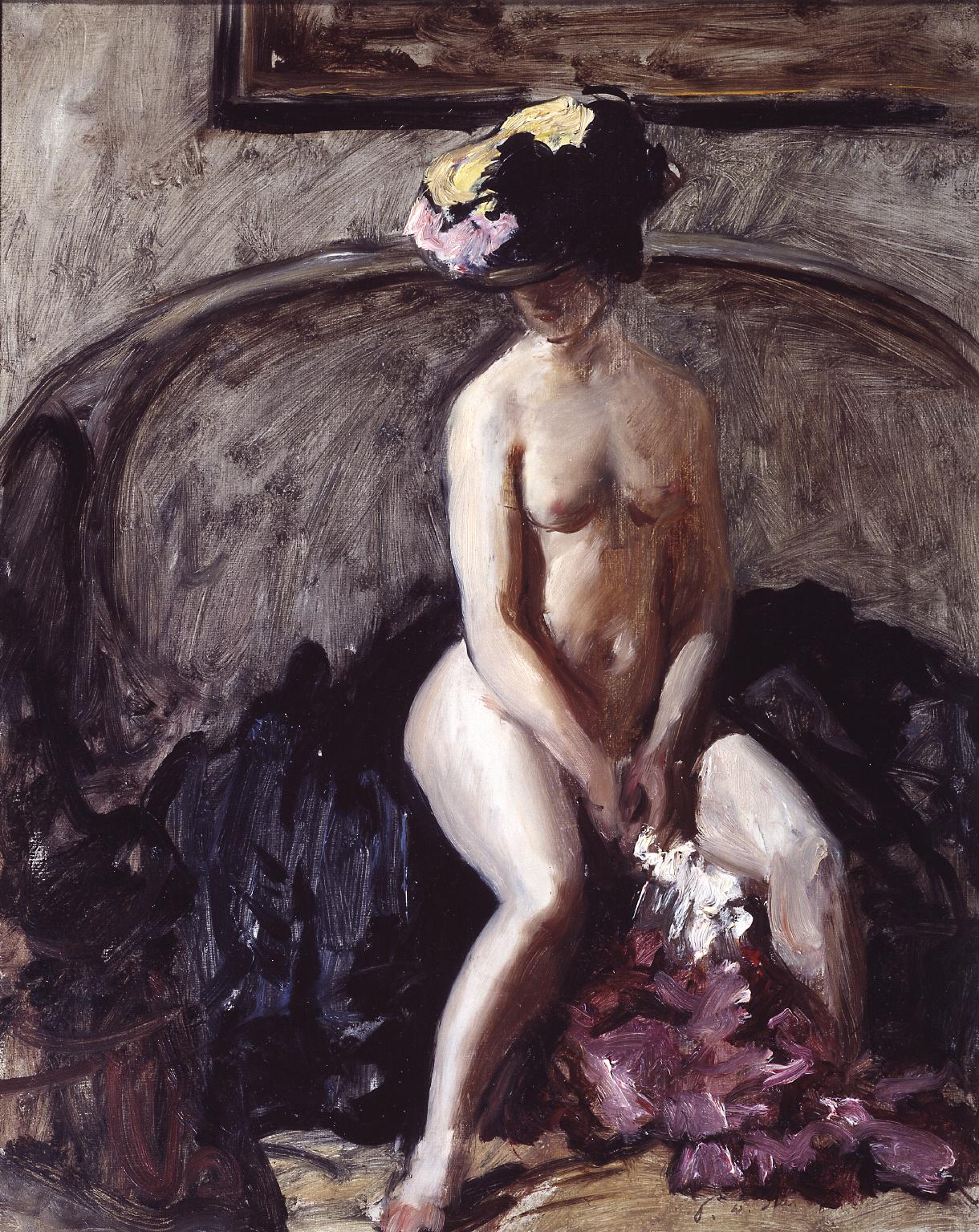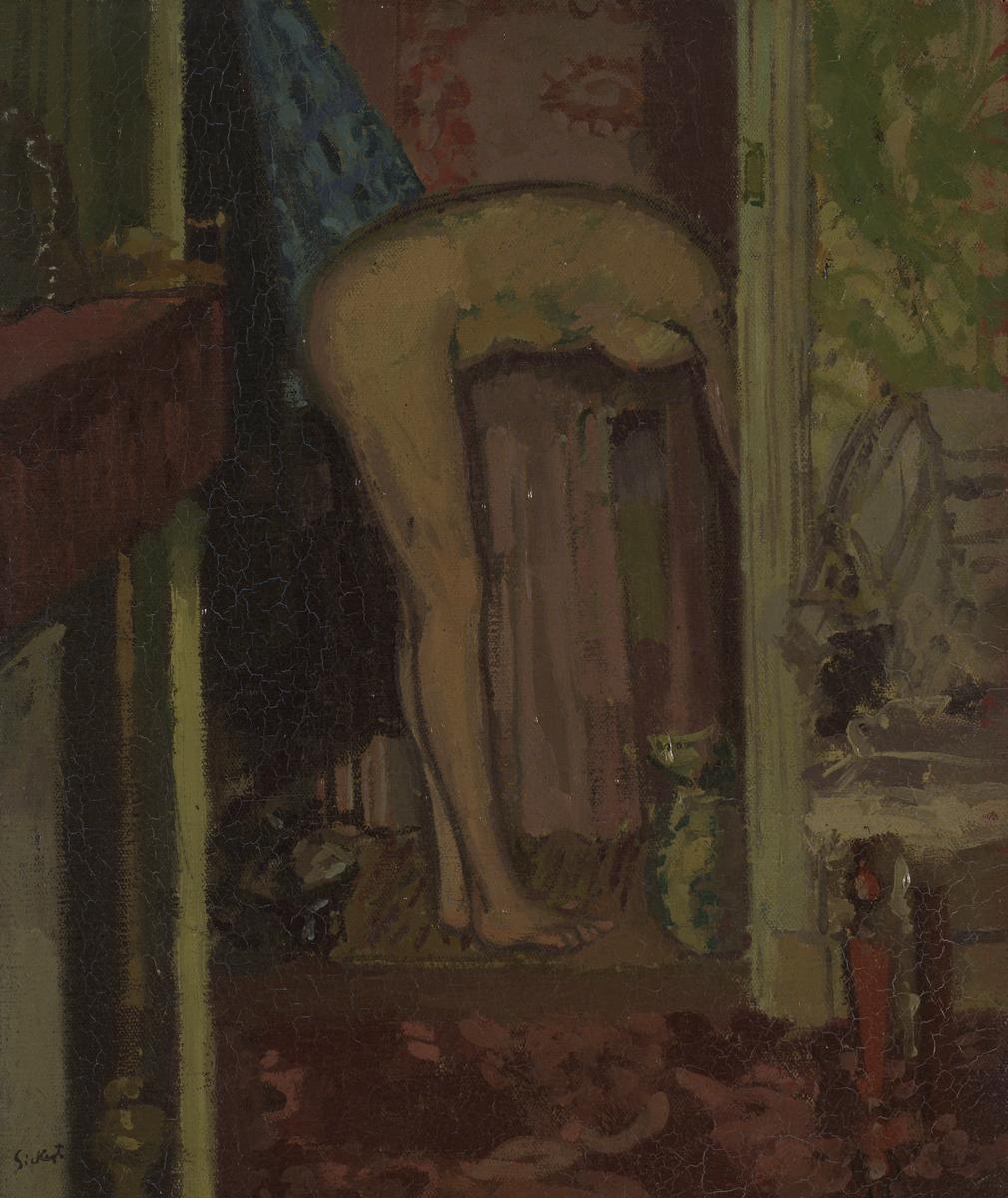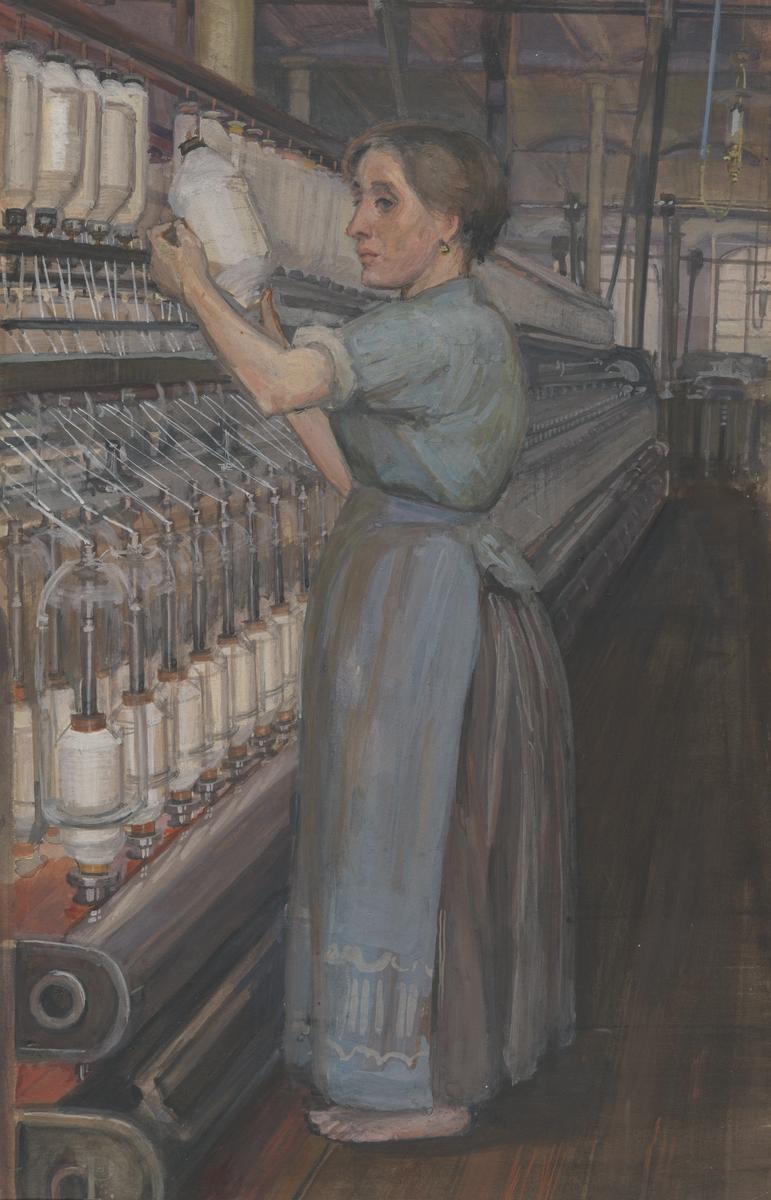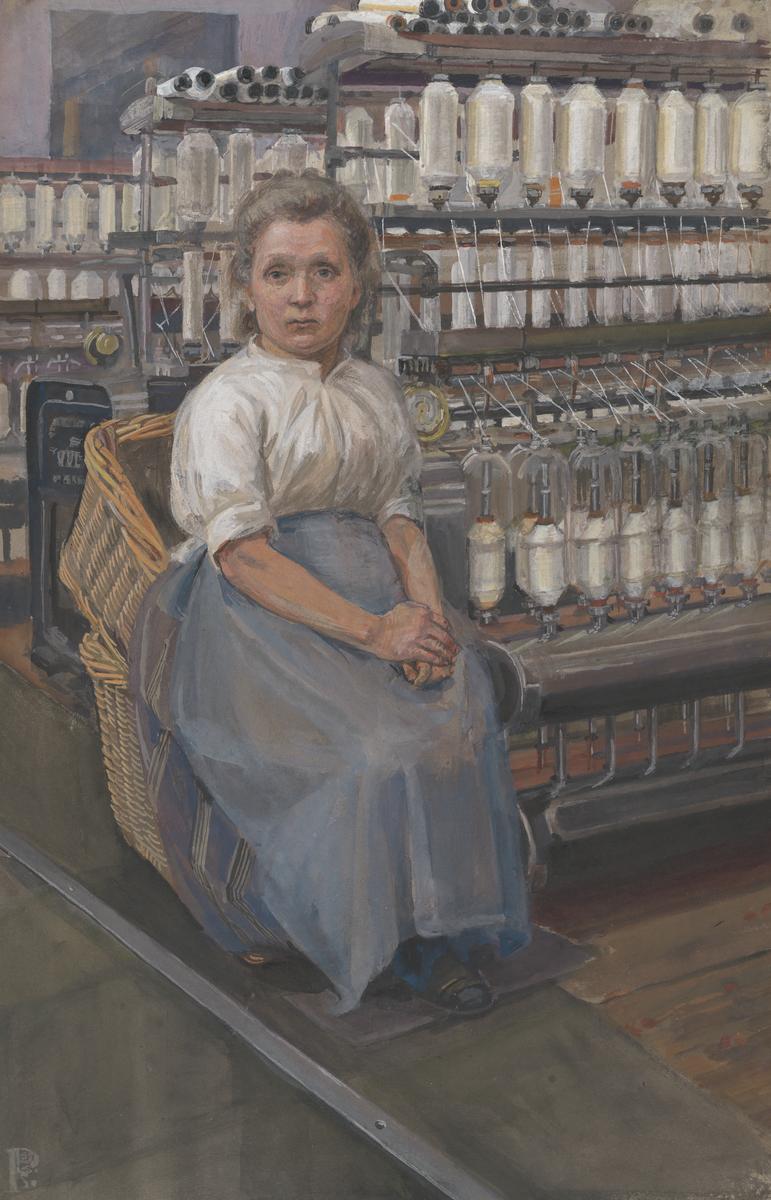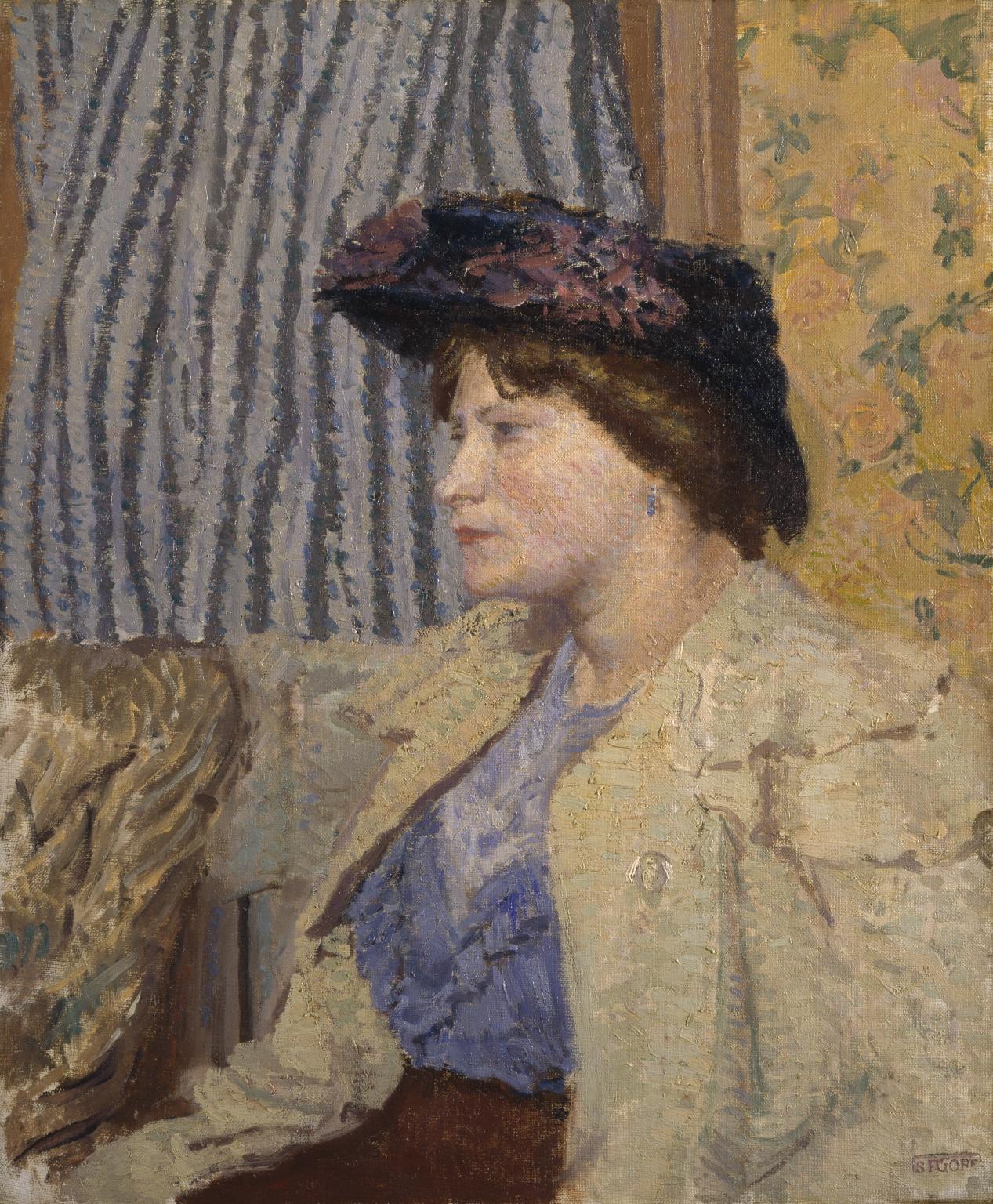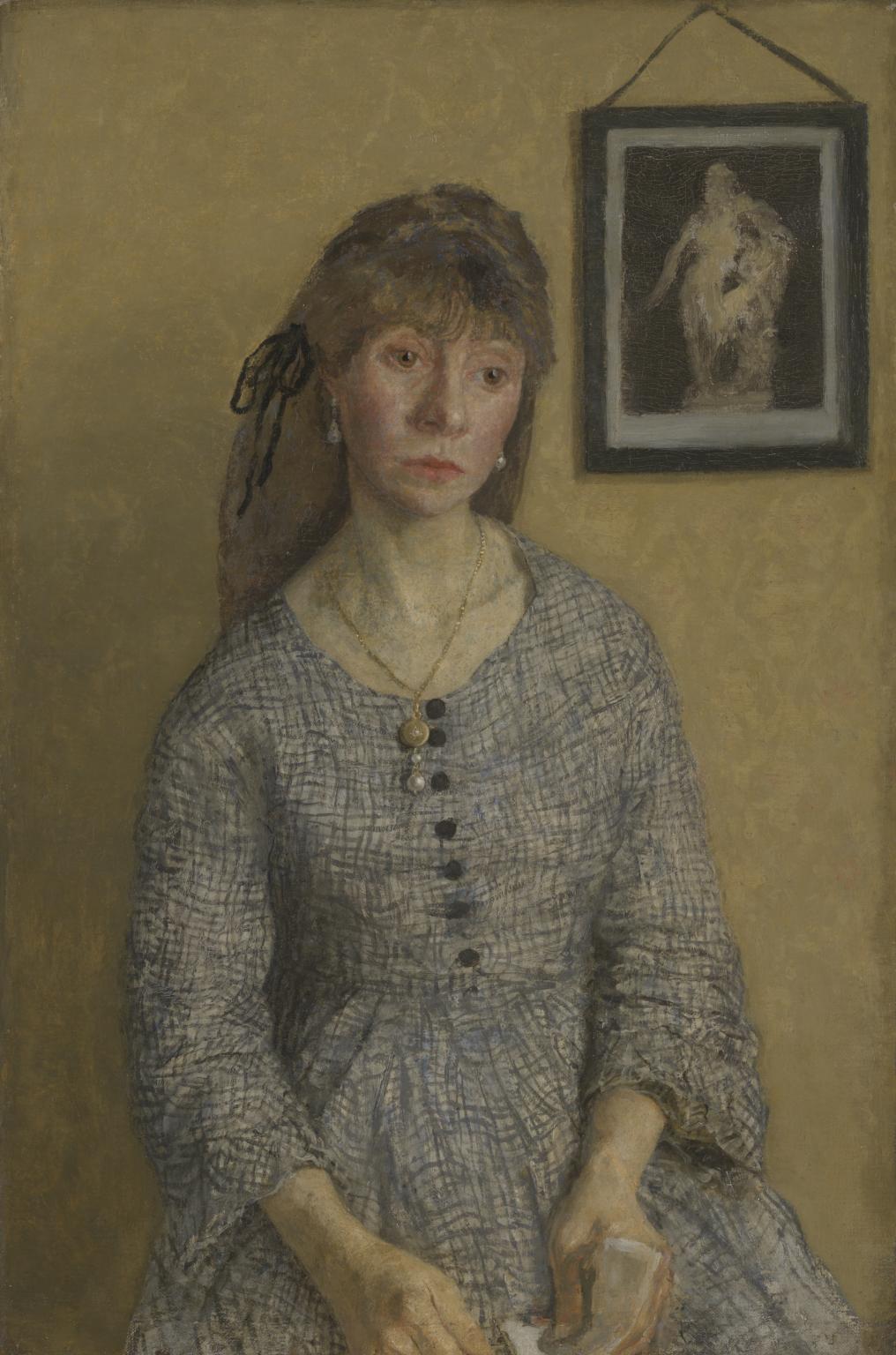19 rooms in Walk Through British Art
The early years of the 20th century are characterised by the growing fight for women’s suffrage (the right to vote) and conflicts over workers’ rights and immigration
Art in this room
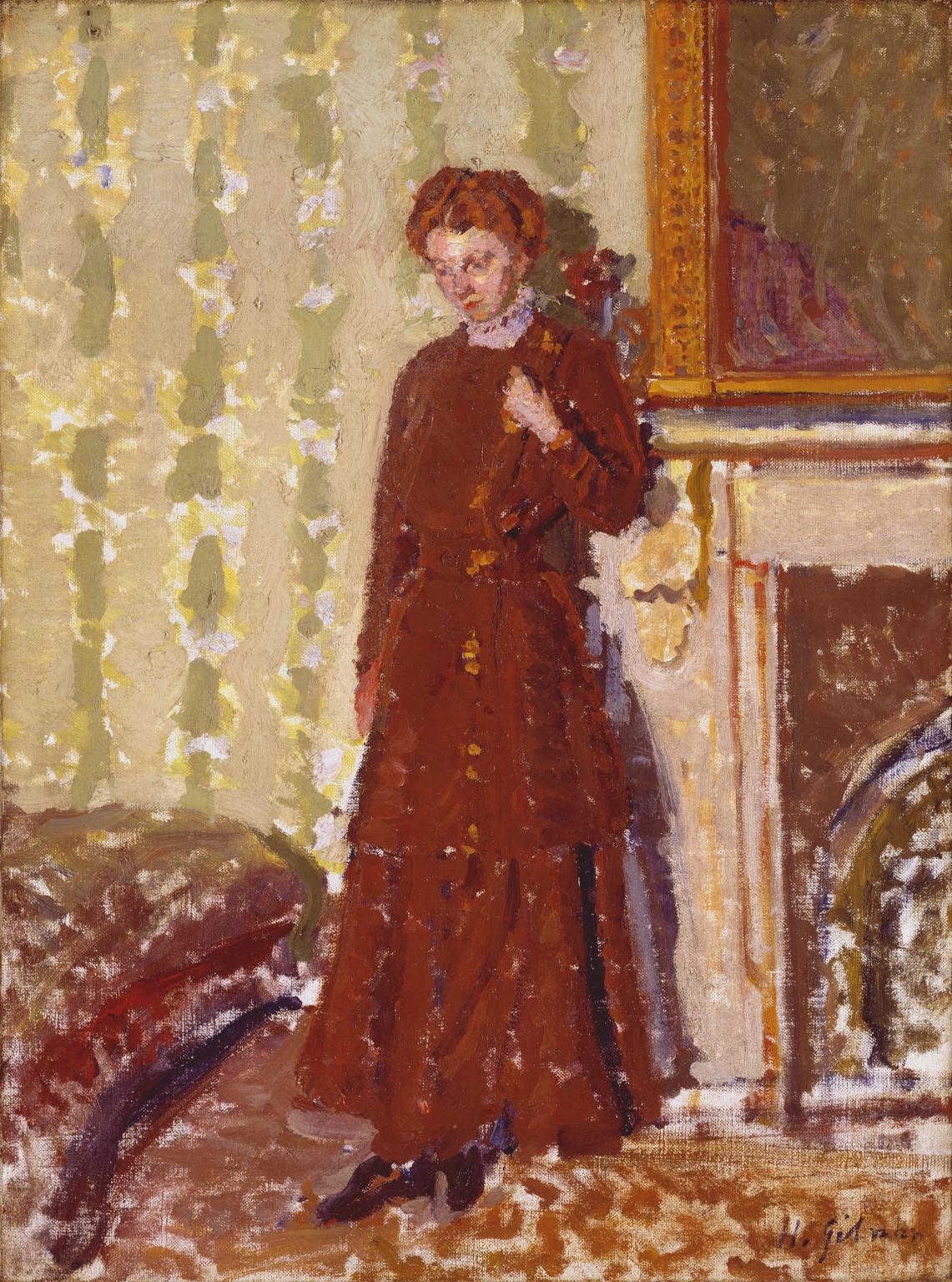
Harold Gilman
Madeleine Knox
c.1910–1
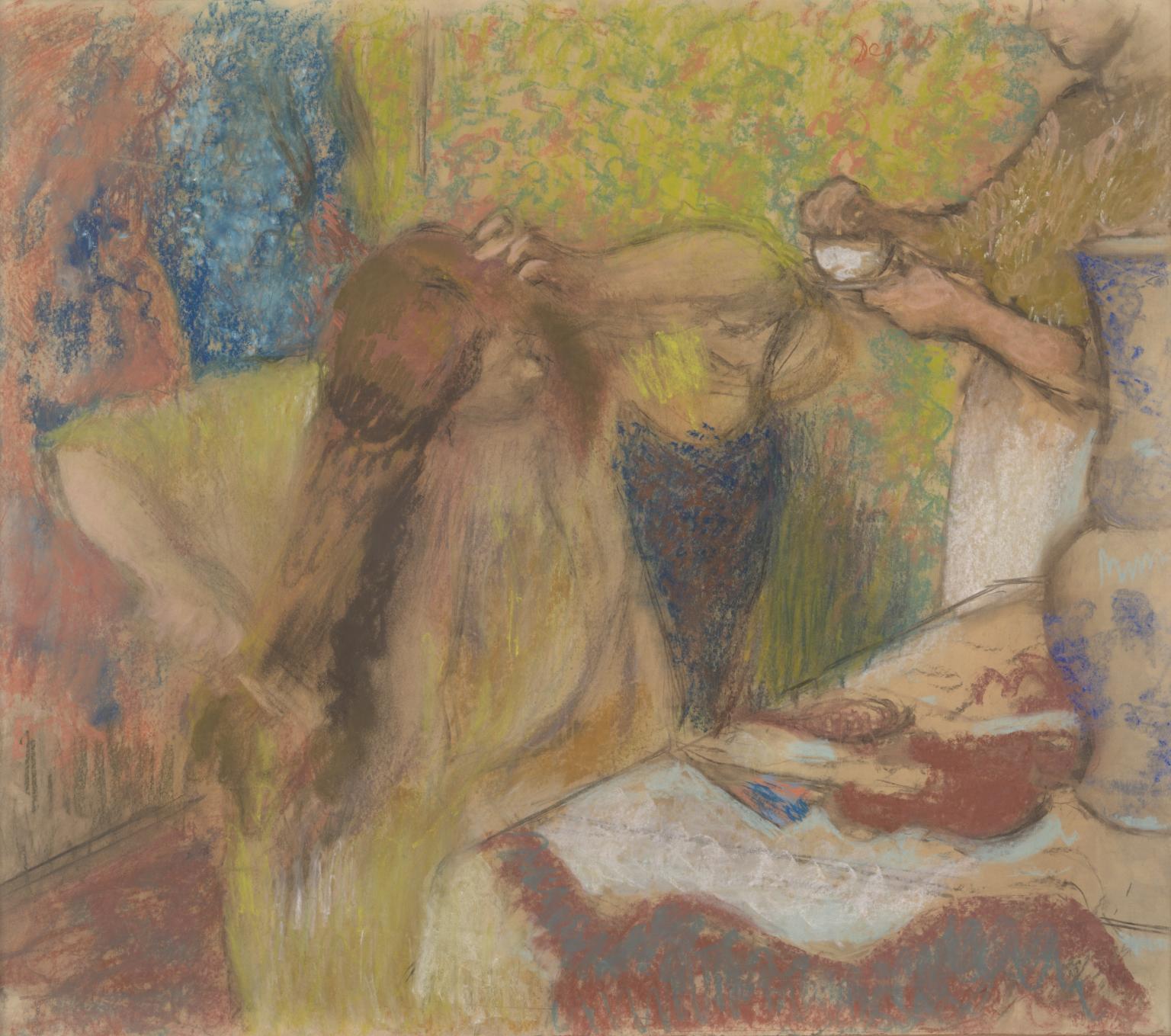
Edgar Degas
Woman at her Toilet
c.1894
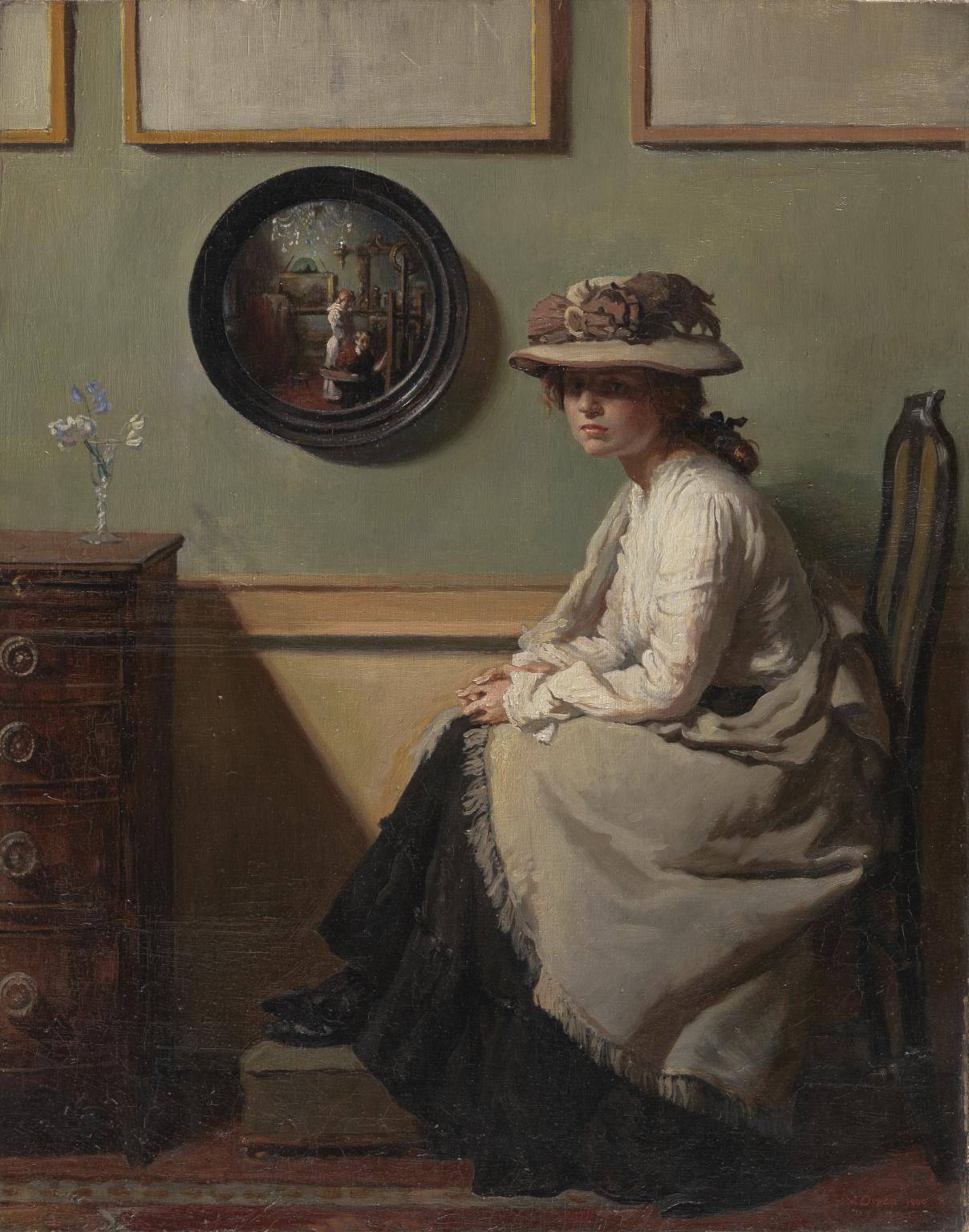
Sir William Orpen
The Mirror
1900
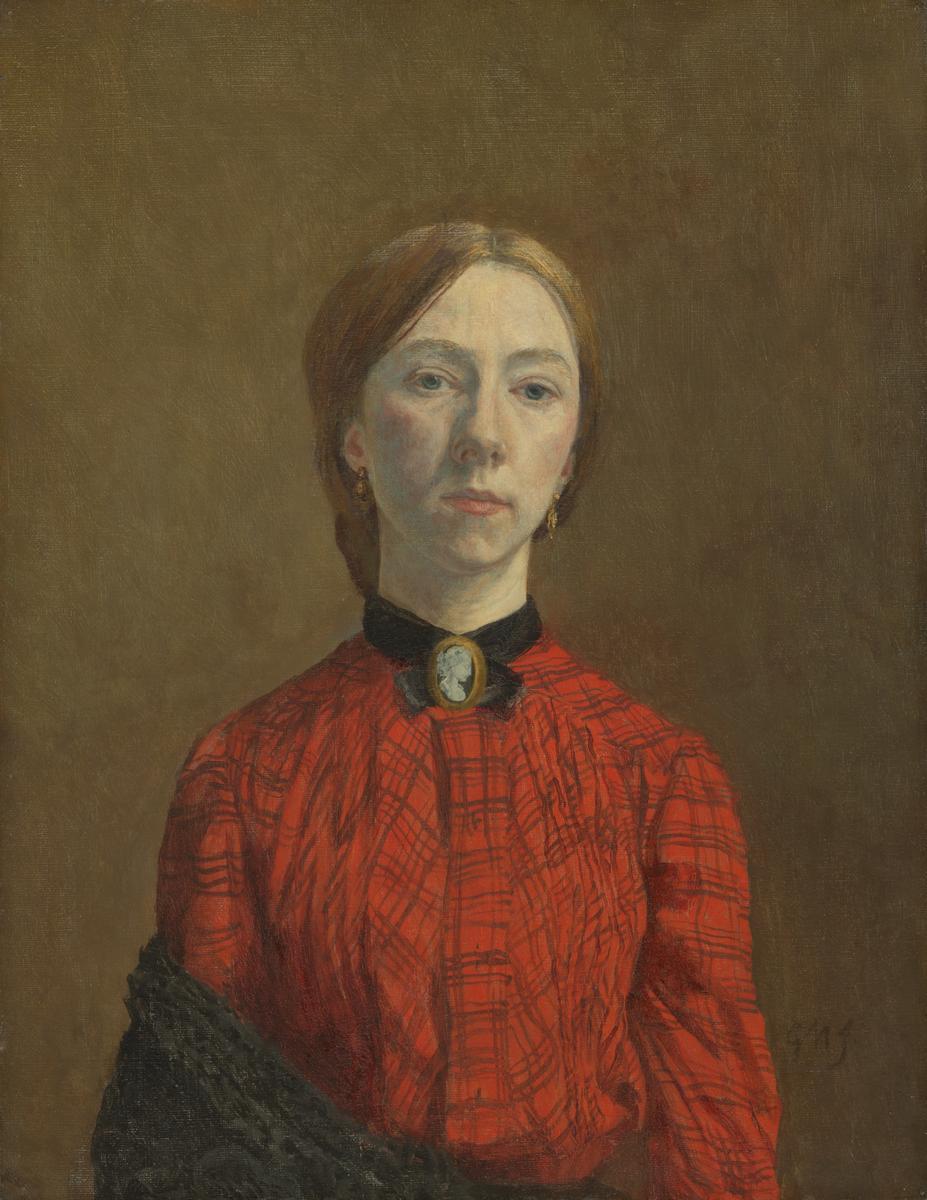
Gwen John
Self-Portrait
1902
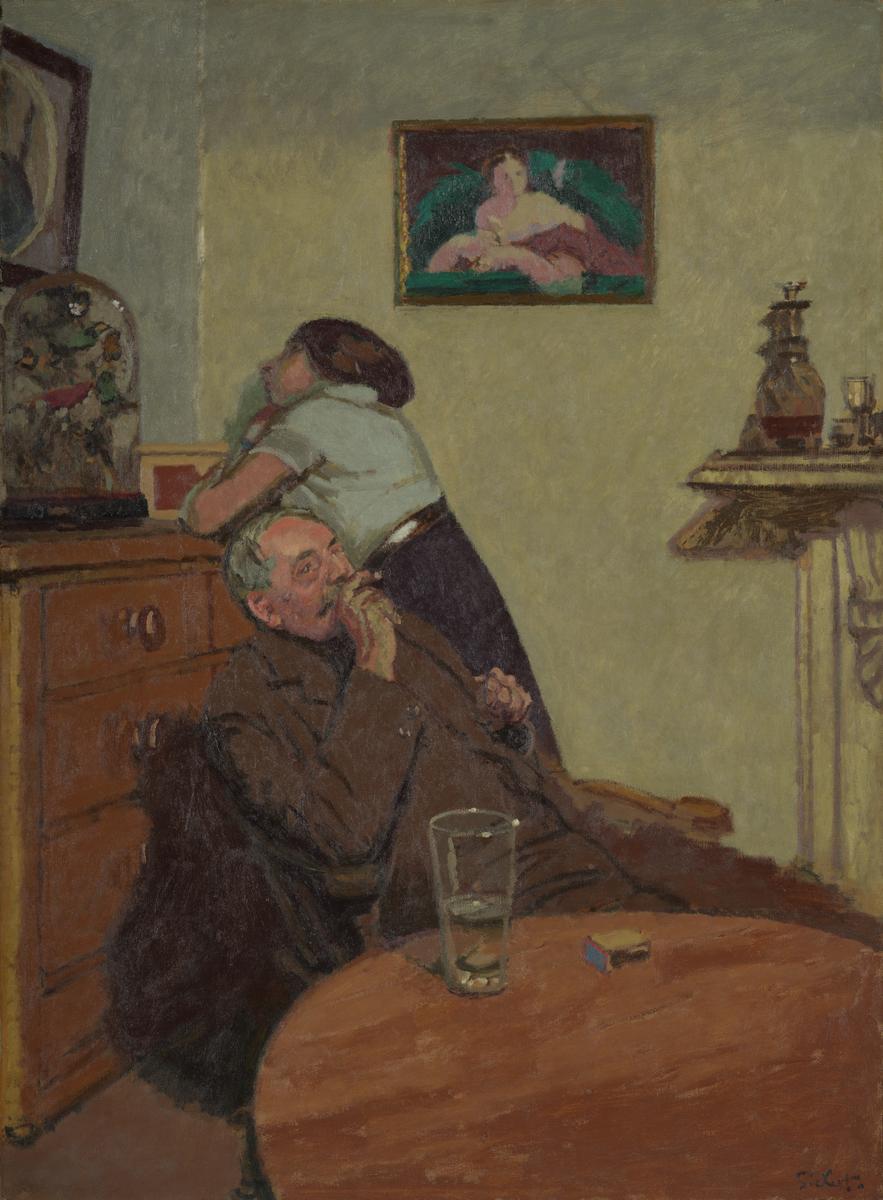
Walter Richard Sickert
Ennui
c.1914

Harold Gilman
Mrs Mounter at the Breakfast Table
1916–17
You've viewed 6/16 artworks
You've viewed 16/16 artworks

